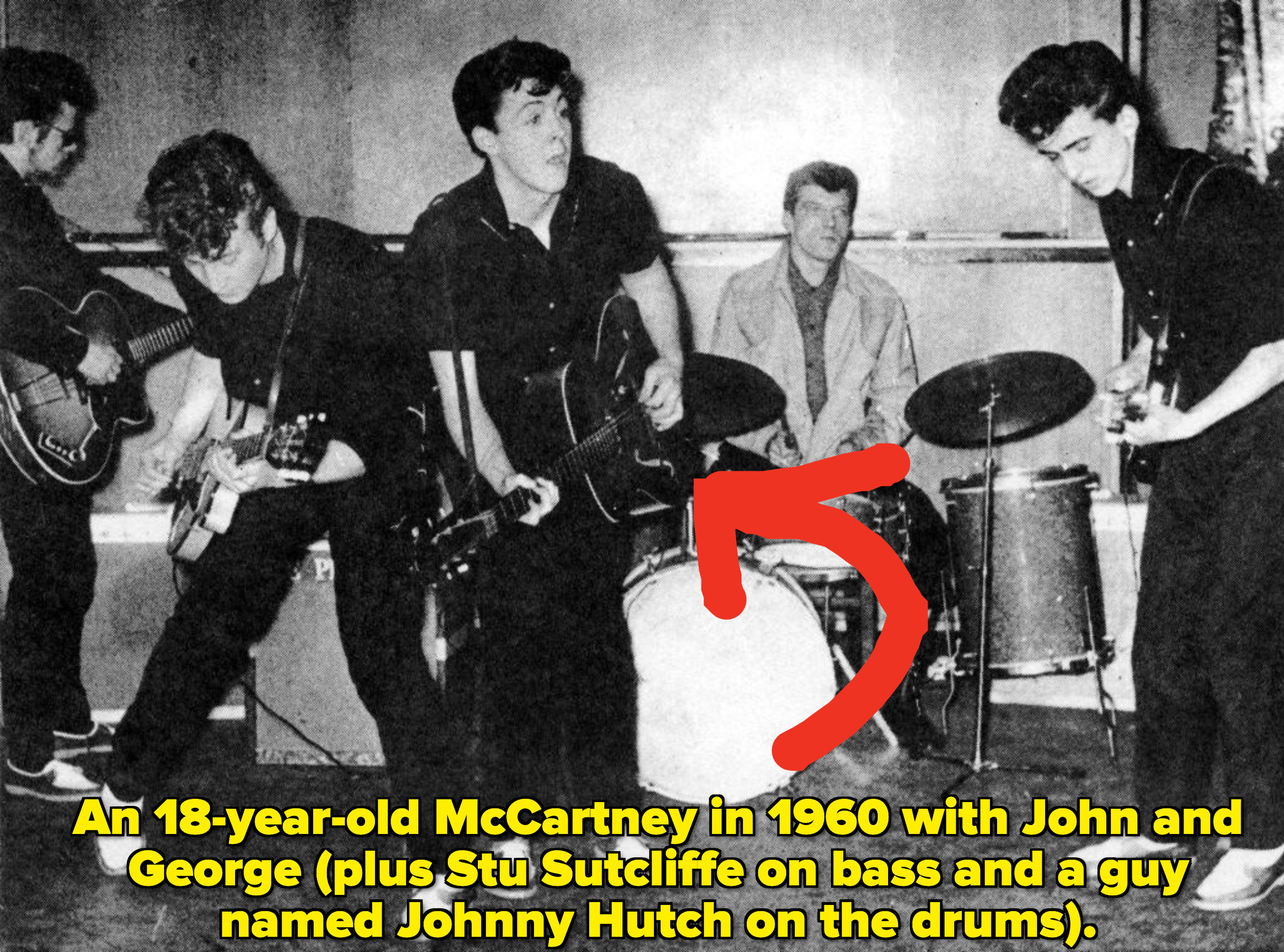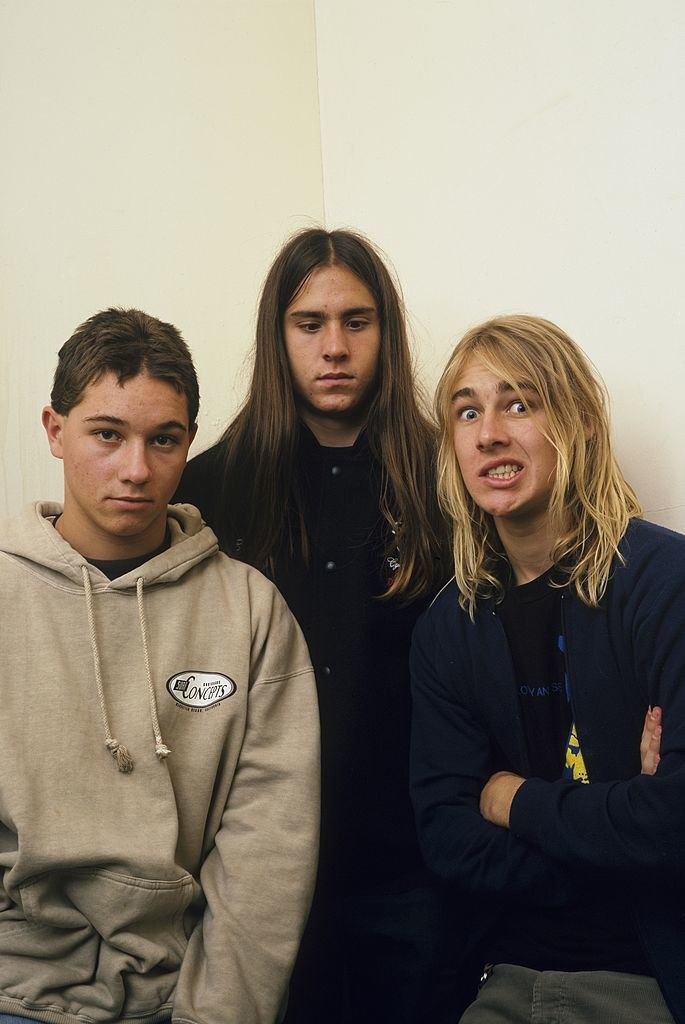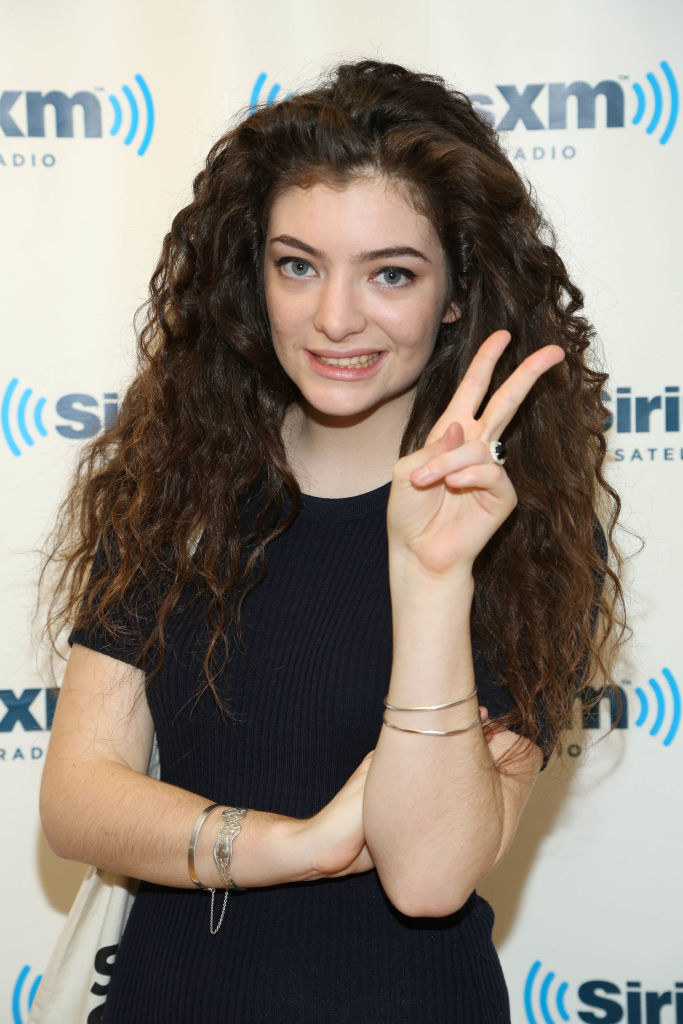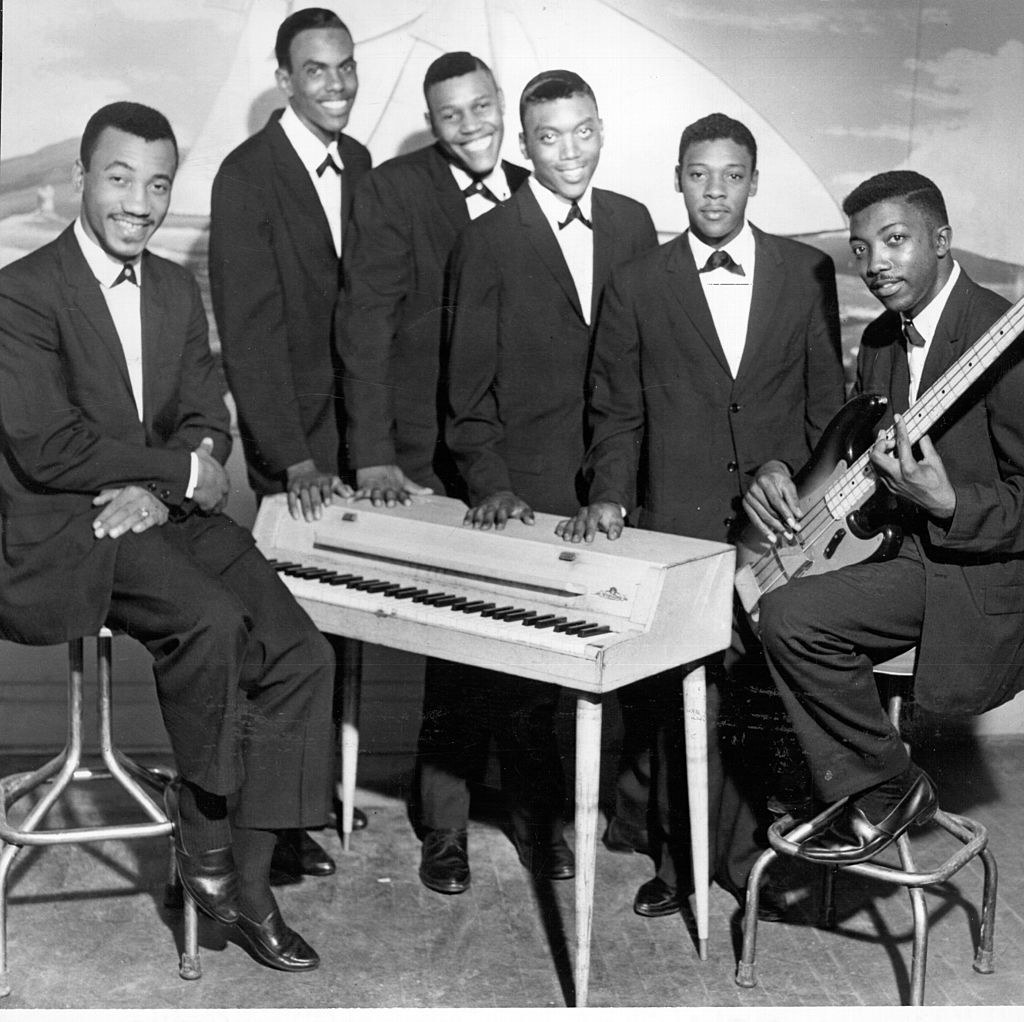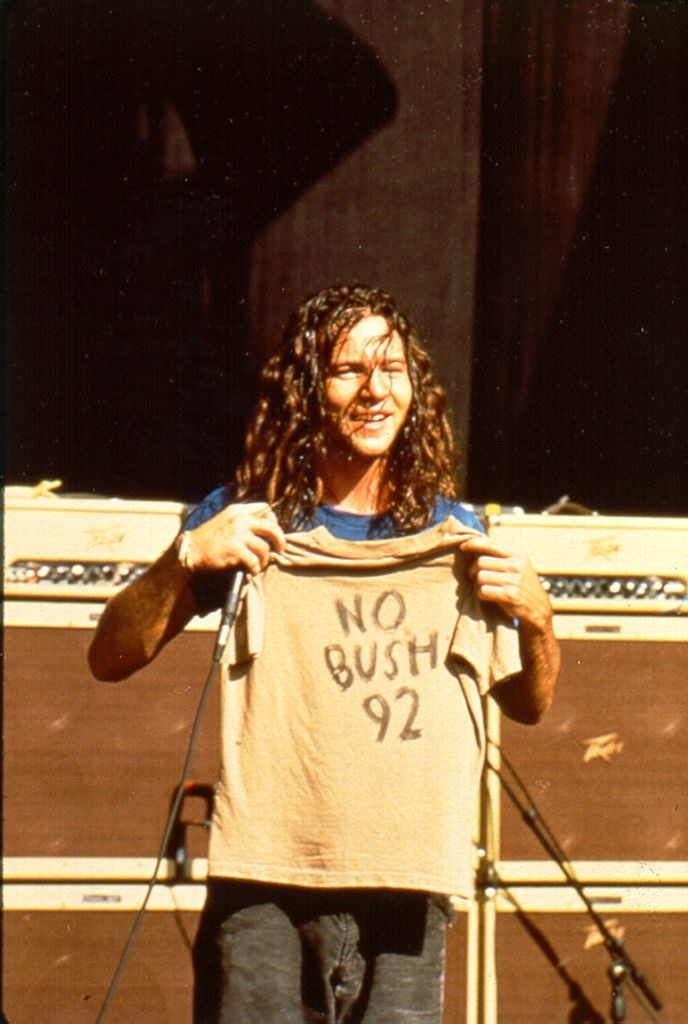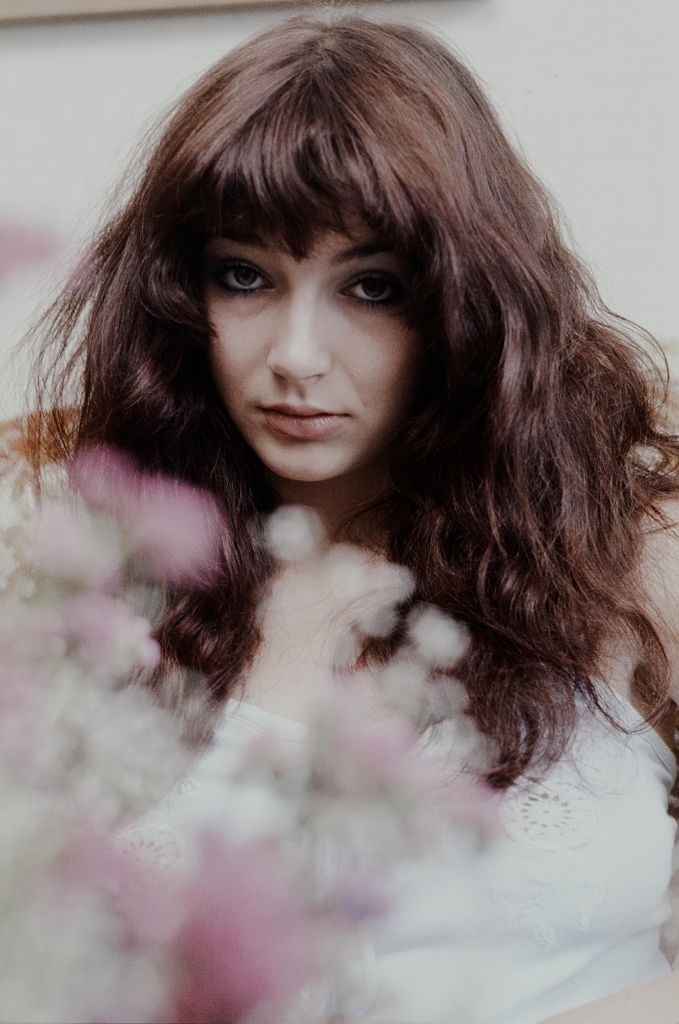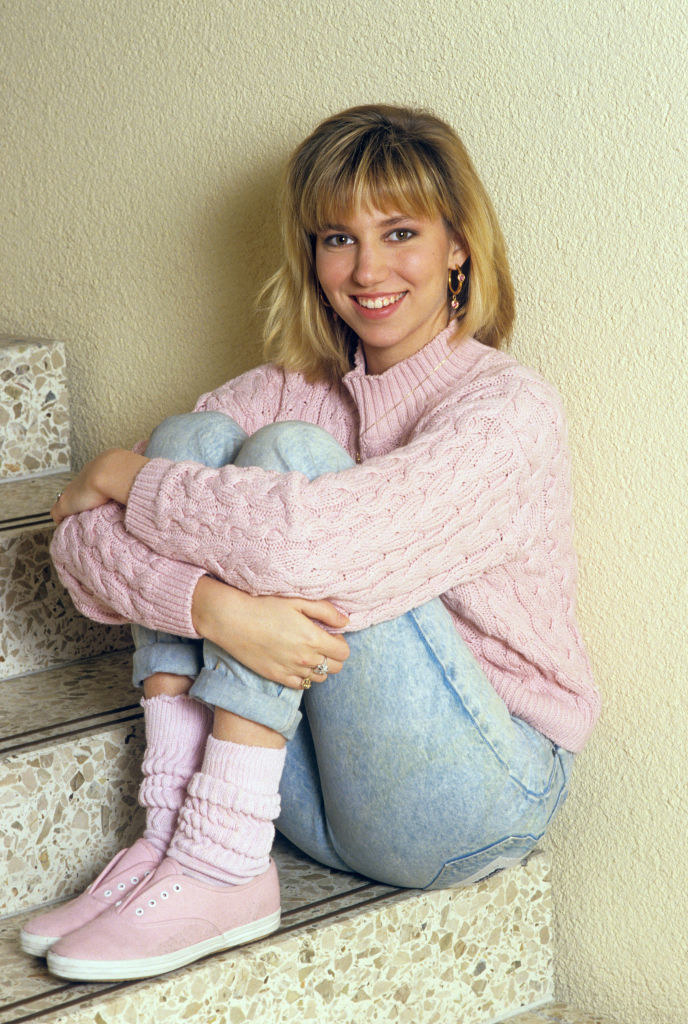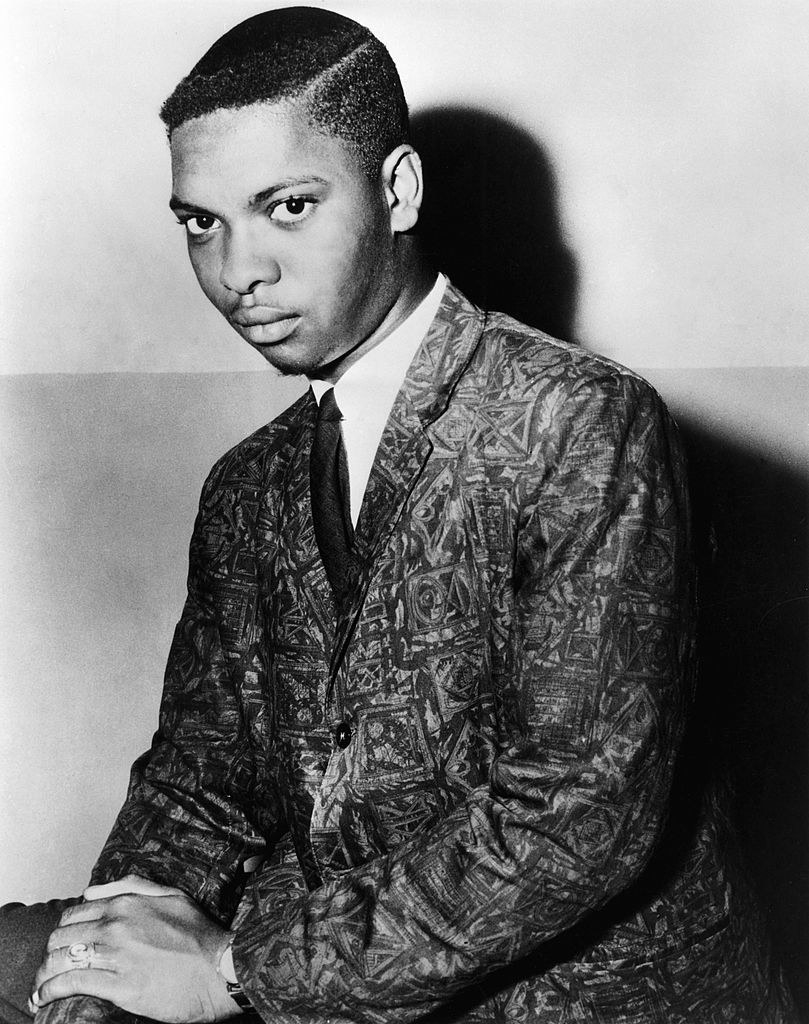A couple of years later, an older and wiser 13-year-old Taylor wrote the song’s first verse. The three brothers then completed the rest of the song together. Isaac added, “When we did the final version, it was very clear that it was very catchy and really stuck out as an idea and melody that was going to stick in people’s heads. It stuck in our heads, so it’s reasonable to think it would stick in other people’s heads too.” Swift had started writing songs two years earlier (in fact, one of the first songs she wrote, as a 12-year-old, was “The Outside,” which appeared on her debut album). A year later, she signed an artist development deal with RCA and began songwriting sessions with Nashville songwriter Liz Rose, to whom Swift brought her “Tim McGraw” song sketch. “The first time we wrote," Rose told the Washington Post, “I walked out and said, ‘I don’t know what I was doing there. She really didn’t need me.’” Rose says she largely acted as an editor during the “Tim McGraw” songwriting session, making suggestions for what to cut or move around. Rose’s work paid off, even if other songwriters chided her for working with Swift: “I was catching flak: ‘What are you doing writing with a 14-year-old?’ I was like, ‘Hey, this kid’s brilliant, and it’s the easiest, funnest thing I do all week.’” Concerned about what she would do after high school, Apple recorded a three-song demo — including “Never Is a Promise,” composed after her boyfriend became interested in another girl — and made 77 copies of it. She only ever gave out one, though, to a friend who babysat for a music publicist. When the publicist heard the demo, she sent it to an executive at Sony Music, who signed Apple to a record deal! He then added, sounding very much like a teenager, “The first time we heard ‘Tomorrow’ on the radio, it was really embarrassing. We were in a car with a whole heap of our friends and it came on. We turned it off as quick as we could.” “The music-making process was very, very casual in the beginning because I was only 12 and didn’t know what I wanted to do,” she told the Daily Beast. “I took singing lessons and started working with songwriters in a very casual setting — trying to find someone and a sound I could click with.” That person ended up being Joel Little, who cowrote all the songs with Lorde on her debut album, Pure Heroine. In addition to the Zodiacs’ version (which had quite the resurgence in the late ’80s when it appeared in Dirty Dancing), Williams’s composition has been covered by the Hollies, the Four Seasons, Jackson Browne, and Cyndi Lauper. Not bad for a 15-year-old! “It’s basically about Nini and, kind of, her boy troubles," Rodrigo told TVLine. “She just found out that E.J. really betrayed her and did something really untrustworthy, so she’s just grappling with that, and also looking back on her relationship with Ricky. I think it’s a very relatable concept, at least for me.” The song ended up the biggest hit from the series, a trend on TikTok, and the impetus to her signing with Interscope. The rest — “Driver’s License” and Sour — is history. Perhaps most remarkable of all is that “The Man With the Child in His Eyes” won the prestigious Ivor Novello Award for Outstanding British Lyric in 1979. Not bad for a 13-year-old! Reflecting on the track to Spin magazine, Black Francis said he’d been writing songs for a couple of years by the time he wrote this one. “I had good musical encouragement in grade school, but I didn’t follow through on any of the lessons,” he said. “I bought whatever I could get at the used-record store. They wouldn’t necessarily have the hippest punk rock records; it was more like Ten Years After and Led Zeppelin.” Booker T. later told NPR how he came to write his famous song, saying, “Well, that happened as something of an accident. We were at the studio as session musicians to play a session for an artist who didn’t show up. So we used the time to record a blues which we called ‘Behave Yourself,’ and I played it on a Hammond M3 organ. And Jim Stewart, the owner, was the engineer, and he really liked it — thought it was great, actually — and wanted to put it out as a record. And so we all agreed on that, and Jim told us that we needed something to record for a B side because we couldn’t have a one-sided record. And one of the tunes that I’d been playing on piano, we tried on Hammond organ so that, you know, the record would have organ on both sides, and that turned out to be ‘Green Onions.’”
